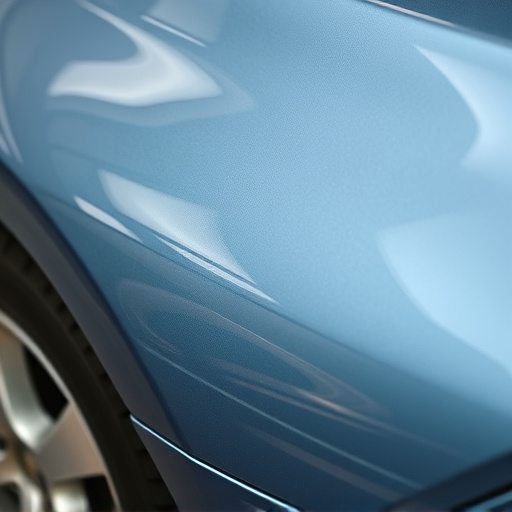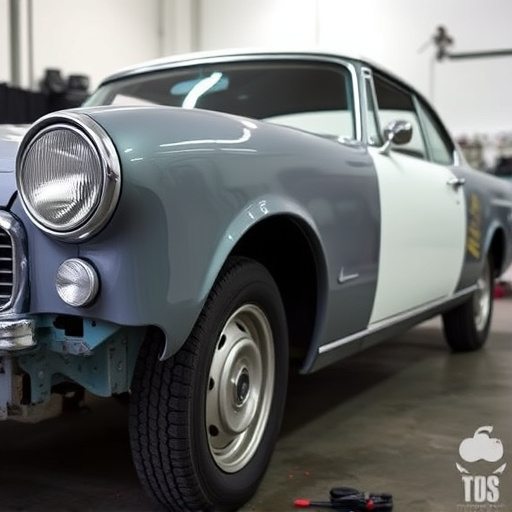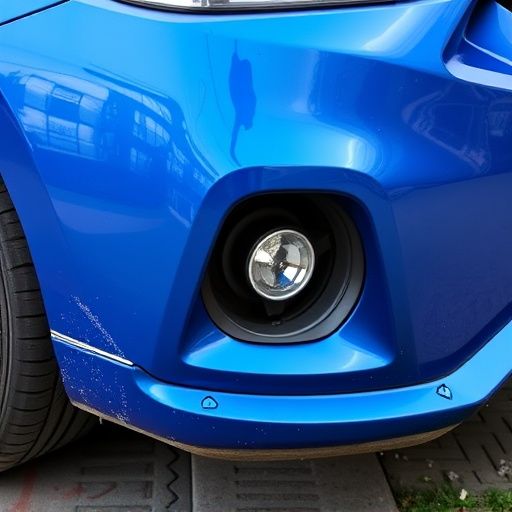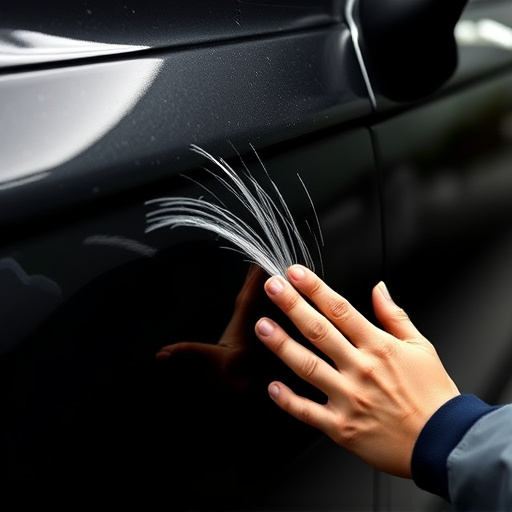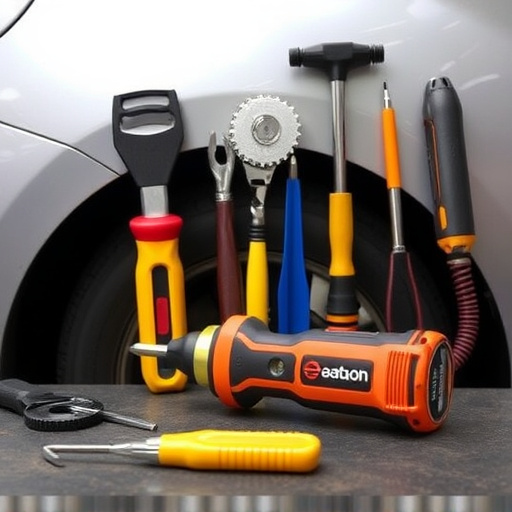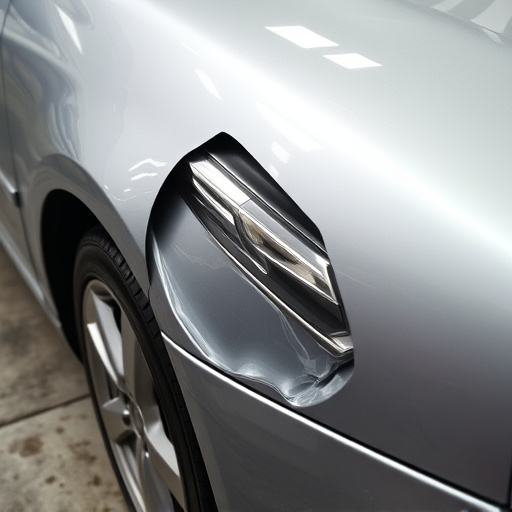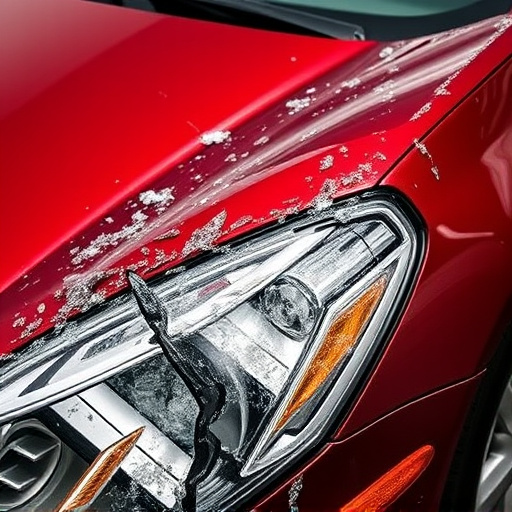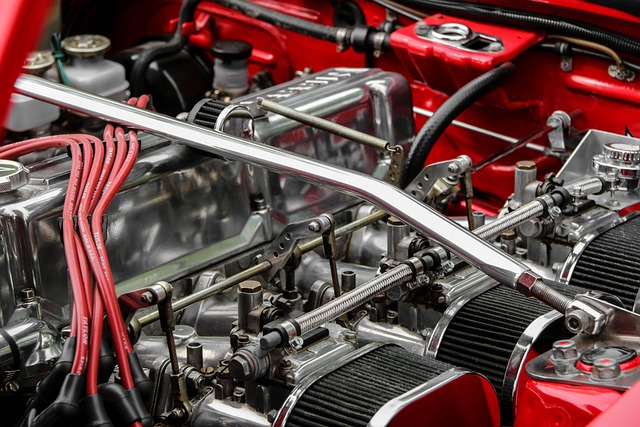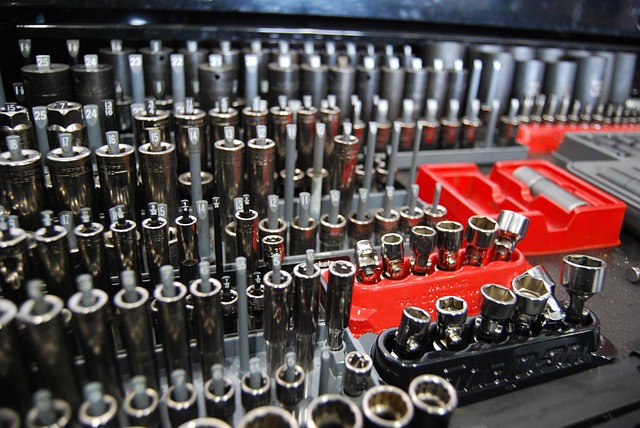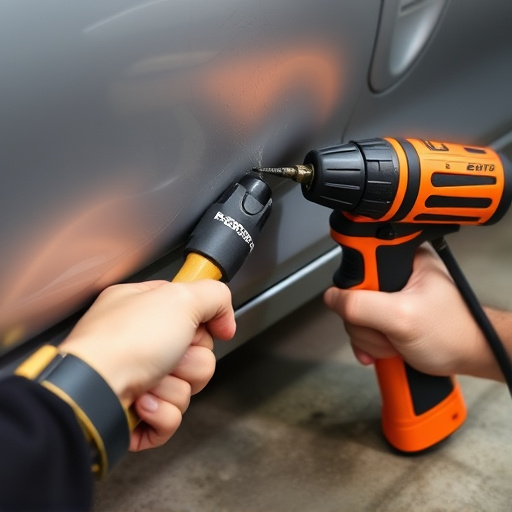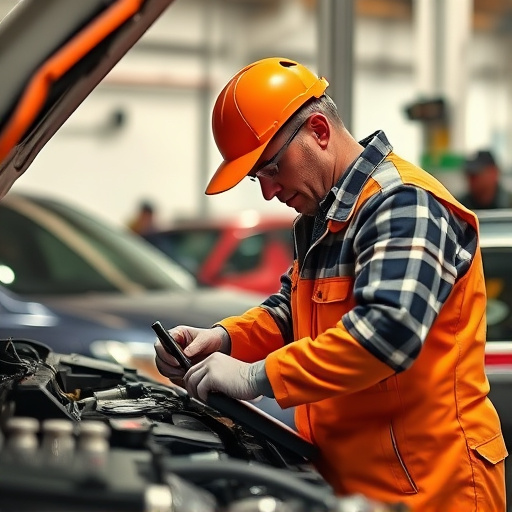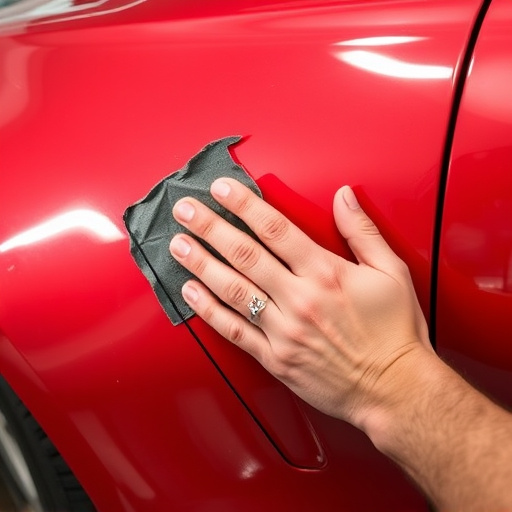Blending panels is a crucial technique in collision insurance estimates, enabling efficient and cost-effective auto body repair. By combining damaged but reparable vehicle sections, skilled technicians create seamless color, texture, and contour matches, reducing the need for complete panel replacements. This method enhances accuracy, streamlines processes, minimizes labor costs, and shortens turnaround times, ultimately improving customer satisfaction in automotive collision repair.
“Unveiling the intricacies of blending panels in collision insurance estimates, this article demystifies a crucial aspect of damage assessment. Blending panels, an innovative approach, combine traditional and digital methods for evaluating vehicle repairs. We explore how these procedures enhance accuracy and efficiency in collision insurance claims. From understanding panel composition to their impact on damage estimation, we delve into the benefits and challenges associated with implementing blending panel methods, offering a comprehensive guide for industry professionals.”
- Understanding Blending Panels in Collision Insurance Estimates
- The Role of Blending Panel Procedures in Damage Assessment
- Benefits and Challenges of Implementing Blending Panel Methods
Understanding Blending Panels in Collision Insurance Estimates

Blending panels are a crucial component of collision insurance estimates, playing a significant role in determining the overall cost of car collision repair. In the context of auto body repair and restoration, blending panels refer to the technique of combining multiple sections of damaged panels from a vehicle into one cohesive piece. This process involves skilled technicians who expertly match colors, textures, and contours to ensure seamless integration. By using blending panels, insurance companies can offer more accurate estimates for auto body restoration while minimizing costs.
During a car collision repair process, if several panels are affected but not severely damaged, blending panels can be an efficient solution. It reduces the need for complete panel replacements, which are often more expensive. This method allows insurance adjusters to allocate resources effectively, ensuring that only necessary repairs are performed. Thus, understanding blending panels is essential for anyone involved in collision insurance estimates, as it contributes to a more precise and cost-effective car collision repair process.
The Role of Blending Panel Procedures in Damage Assessment
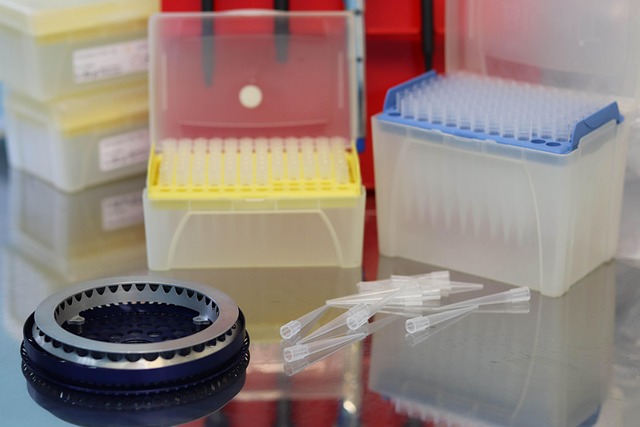
Blending panel procedures play a vital role in the damage assessment process for insurance estimates, especially when it comes to accurately determining the extent of car body repair requirements. These panels, designed for specific vehicle models, serve as a reference standard during the evaluation stage. By comparing the damaged component with its corresponding blending panel, adjusters and auto body work experts can make informed decisions about the repair approach.
This method ensures that the replacement parts seamlessly integrate into the existing car body, preserving the vehicle’s original appearance and structural integrity. Blending panels facilitate a more precise and efficient process for collision repair services, allowing for better cost estimation and customer satisfaction.
Benefits and Challenges of Implementing Blending Panel Methods
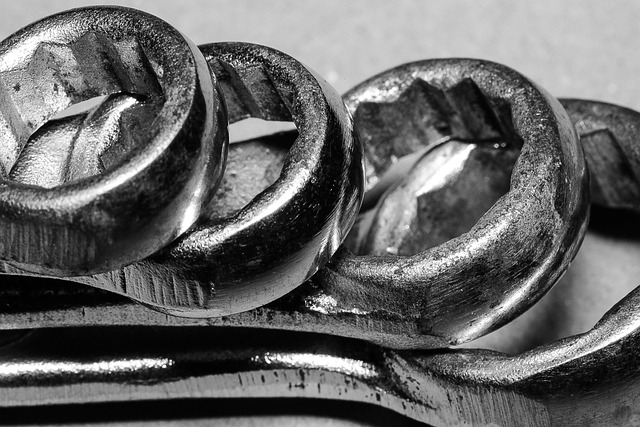
Implementing blending panel methods offers several advantages for insurance estimates and automotive collision repair processes. Blending panels, a specialized technique, enable efficient restoration of vehicle bodies by seamlessly integrating replacement parts with existing panels. This approach streamlines the repair process, reducing labor costs and turnaround time in vehicle body shops. By minimizing the need for extensive welding or paint work, blending panels can also preserve the original structural integrity of the car dent repair, leading to better overall quality and aesthetics in automotive collision repair.
However, challenges exist when adopting blending panel procedures. The technique requires skilled technicians who are adept at evaluating damage and matching materials precisely. Misjudgments or subpar execution can result in unsightly gaps, misalignments, or color inconsistencies across the repaired areas. Moreover, not all vehicle models or makes are suitable for blending panels, as certain complex designs or unique panel configurations may hinder the effectiveness of this method. Nonetheless, with proper training and resources, blending panels offer a valuable asset to insurance estimates and vehicle body shop operations, ensuring efficient, cost-effective, and high-quality car dent repair solutions.
Blending panels have become an integral part of collision insurance estimates, offering a comprehensive approach to damage assessment. By combining traditional methods with data-driven analysis, insurers can make more accurate and efficient decisions. While there are challenges, such as the need for specialized training and standardization, the benefits—including reduced bias, improved consistency, and faster turnaround times—outweigh these obstacles. As the use of blending panels continues to grow, it promises to revolutionize how insurance companies handle collision claims, ultimately benefiting policyholders with fairer and more transparent processes.
